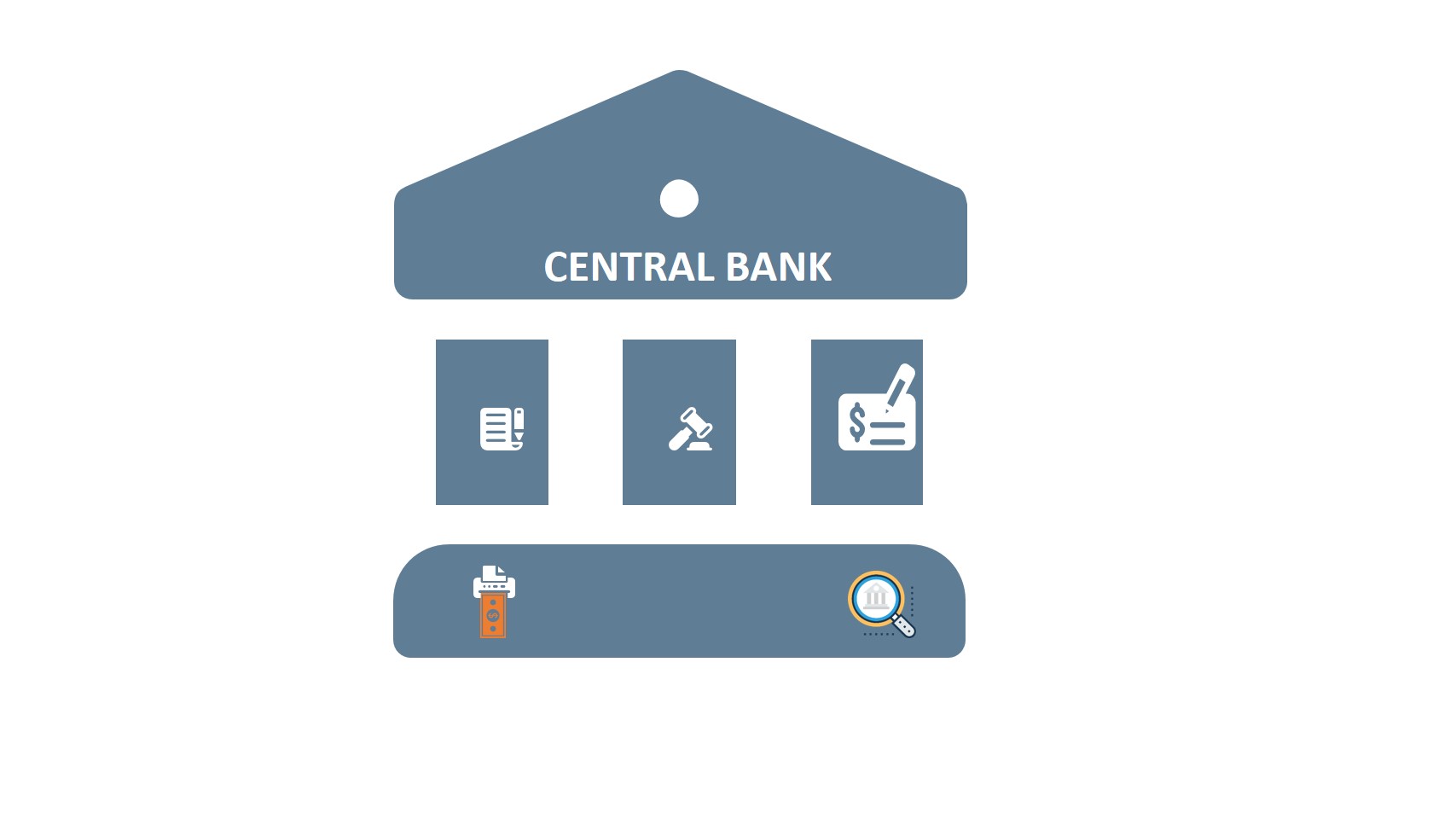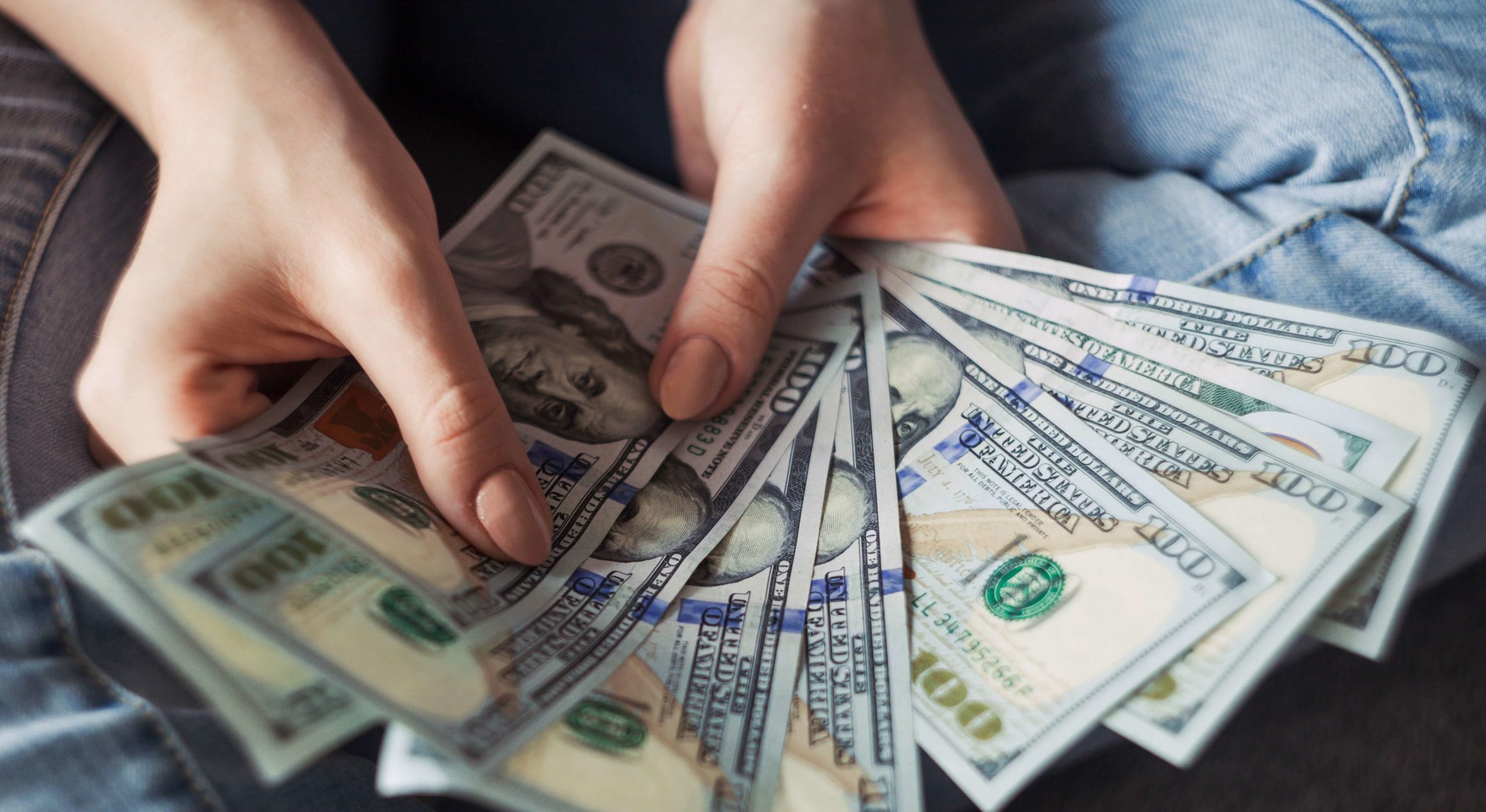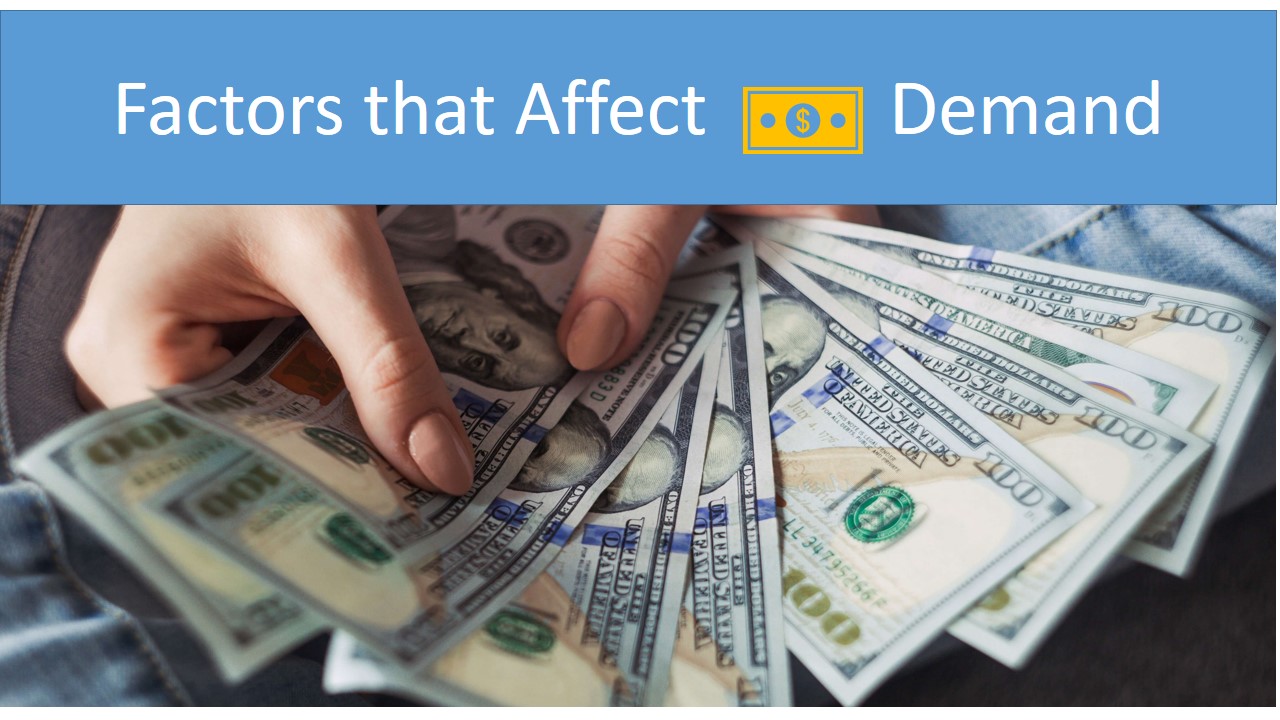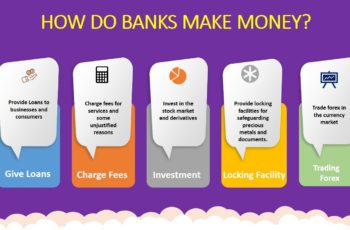
Monetary Exchange Rate policy refers to the government plan on how it handles the exchange rate of domestic currency relative to foreign currencies.
The exchange rate is the relative value of one currency compared to another currency. For example, when we want to know the exchange rate between GBP and USD, we mean how much one GBP is worth in USD.
Government and the central bank have a policy on the exchange rate between domestic and foreign currencies. Usually, a country manages its currency value relative to the USD, the most reserved currency globally. There are three types of exchange rate policy: Fixed Exchange Rate, Flexible Exchange Rate, and Semi-Flexible Exchange Rate.
Fixed Monetary Exchange Rate Policy
In this exchange rate policy the central bank that sets the exchange rate of domestic currency to a foreign currency.
Today, most current fixed exchange rates in the world are fixed to USD.
In this policy, the central bank announces the exchange rate, and the central bank is responsible for currency exchanges.
Setting a fixed exchange rate is not possible for every nation. It requires a stable and reliable economic system and economy.
Examples of fixed exchange rate currencies to USD are the United Arab Emirates dirham, Saudi rial, Qatari rial, and the Bahamian dollar
Flexible Exchange Rate
A flexible exchange rate (floating exchange rate) monetary policy refers to a policy in which market forces determine the exchange rate in the market. The central bank doesn’t interfere in the market. Export and import, political situation, and economic situation determine the market price. Implementing this policy makes the market more volatile.
In theory, in a flexible exchange rate policy, the value of a fiat currency to other currencies should be set by the free market. However, in reality, every country prints and manipulate its money.
Examples of flexible exchange rate currencies are the United States Dollar (USD), Euro, Japanese Yen (JPY), and Swiss Franc (CHF).
Semi-Flexible Exchange Rate
A semi-free flexible (pegged float) exchange rate refers to the policy by the central bank that sets a range of fluctuation. If the exchange rate of the domestic currency rises above the predetermined range, the central bank interferes in the market by supplying domestic currency to push down the exchange rate. On the other hand, if the exchange rate of domestic currency falls below the range, the central bank injects foreign currency to push the price of the domestic currency higher.






